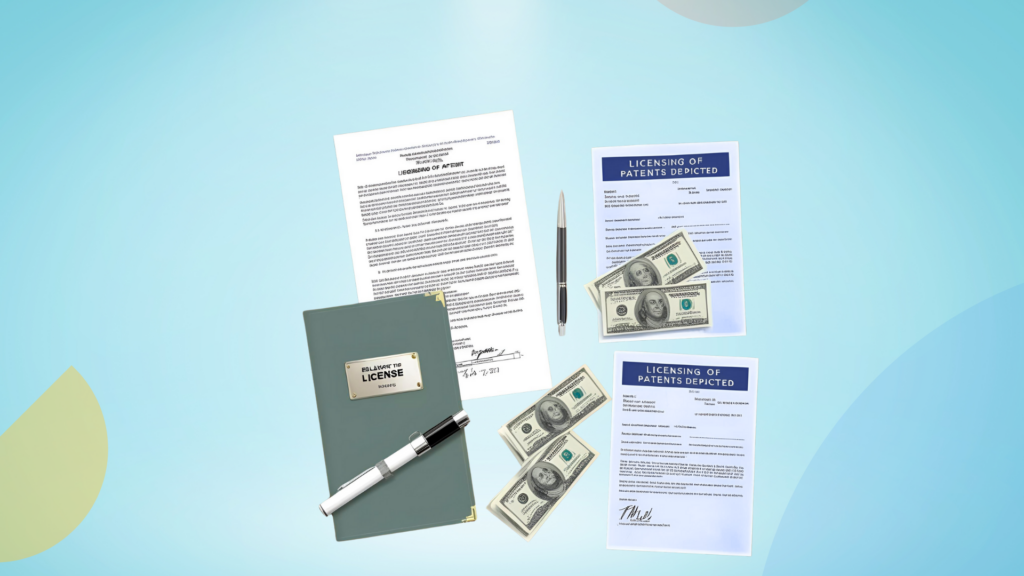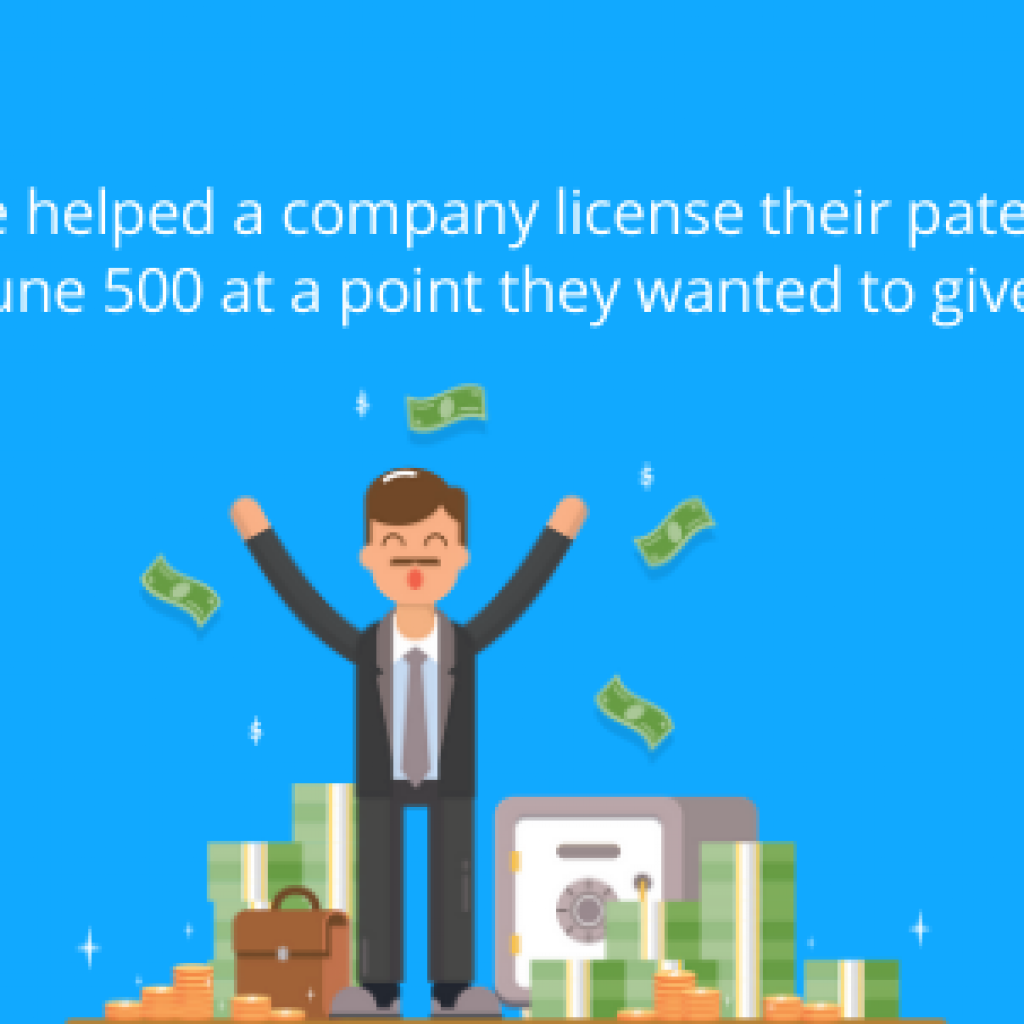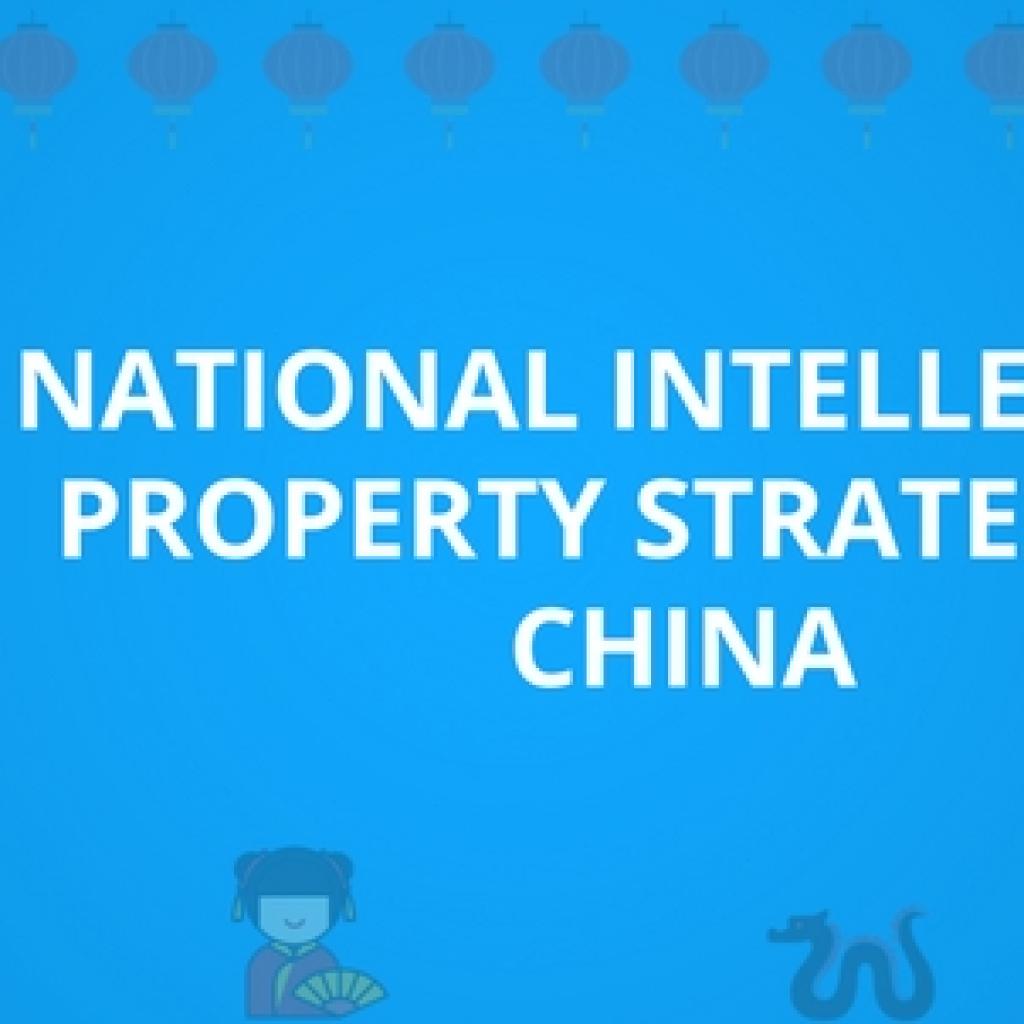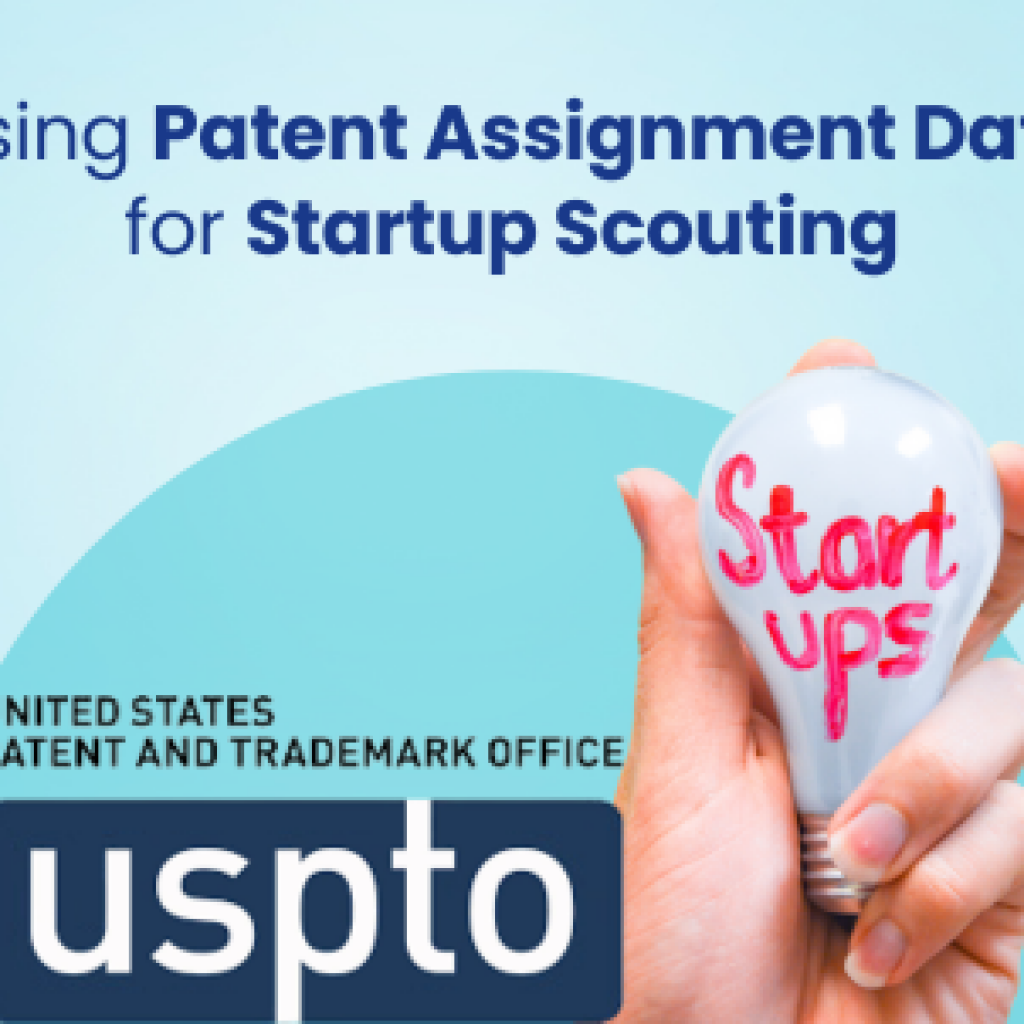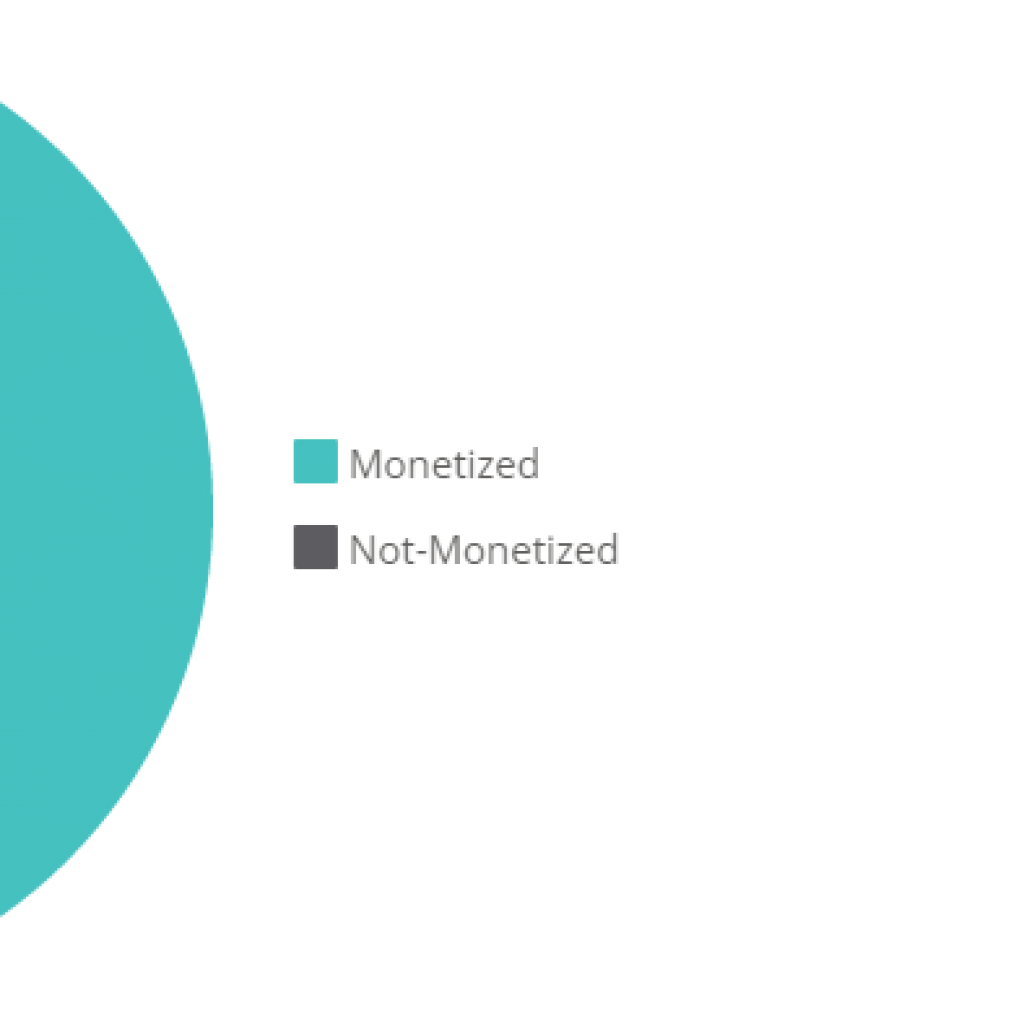A common challenge in creating a patent licensing and monetization strategy is establishing a balance between patent protection and generating significant revenue. Many companies struggle to capitalize on their patents. On average, only 5-10% of a company’s patents are licensed out, indicating a large number of patents are underutilized.
On the other hand, companies like Dolby have successfully utilized strategic approaches with their patents. For example, Dolby strategically leveraged its Versatile Video Coding (VVC) standard-essential patent to generate dual revenue streams. They achieved this by joining patent pools and declaring their patent as essential to multiple standards, ensuring consistent licensing revenue from various industry stakeholders.
This article delves into 10 similar Patent Licensing & Monetization Strategies that will significantly enhance your business’s overall success.
1. Extracting Commercial Value from SEPs
While identifying SEPs is standard practice, understanding their commercial significance is often overlooked. For example, while screen mirroring and mobile hotspots are both standard features, mobile hotspots are widely used, enhancing connectivity on the go.
A telecom giant used our analysis to highlight the commercial applications of their Wi-Fi SEPs. The detailed analysis included market trends, usage statistics, and comparative studies of similar technologies. By emphasizing high-demand applications like mobile hotspots, they achieved a higher valuation during cross-licensing negotiations and prepared for future litigation. This approach demonstrated the true worth of their patents in the market and equipped them with strong evidence to support their negotiations and legal strategies.
2. Patent Monetization While Keeping Analysis Costs Manageable
The challenge is not usually patent monetization but how to achieve this without incurring excessive costs. A medical services provider avoided costly reverse engineering by using our comprehensive patent infringement search and strategic licensing approach. The company effectively bypassed the need for expensive litigation and reverse engineering efforts by identifying potential infringers and negotiating licensing agreements upfront.
This strategy led to three signed licensing agreements within a year and ongoing discussions with ten more companies, significantly increasing revenue and strengthening industry relationships. The patent infringement search enabled the identification of key targets for licensing and ensuring that the company’s intellectual property was effectively leveraged to maximize returns.
3. Reducing Patent Maintenance Costs
Maintaining a large patent portfolio is financially burdensome if it does not align with the business goals. Patent maintenance fees, legal costs, and administrative overheads accumulate, significantly draining resources.
Identifying and eliminating low-value patents will significantly reduce these costs, freeing up resources for more valuable patents. This requires a detailed analysis of the patent portfolio to determine which patents are underutilized or no longer aligned with the company’s strategic goals.
We assisted a leading networking company in reducing maintenance costs by 30%. The process involved evaluating each patent’s relevance, commercial potential, and legal strength, ensuring that only the most impactful patents were retained.
By thoroughly analyzing their portfolio, we identified and eliminated low-value patents not utilized in their products or by competitors. This patent pruning saved the company millions of dollars, allowing it to reallocate resources to more valuable and strategically important patents.
4. Developing a Defensive Patent Strategy
A defensive patent strategy involves preparing for potential IP threats by identifying overlaps between your products and competitors’ patents and vice versa. This can provide leverage in legal disputes and help protect your business interests.
A large networking company was concerned about potential IP threats from a competitor known for aggressive licensing strategies. They approached GreyB to develop a defensive patent strategy by identifying key technologies that overlapped with the competitor’s products in their patents. This involved preparing detailed defensive claim charts, which equipped the client with the necessary tools to protect their interests and respond effectively to potential threats, ensuring they were well-prepared for IP challenges.
5. Improving Cross-Licensing Negotiations
Cross-licensing negotiations are challenging, especially when patents are undervalued. A comprehensive knowledge of your portfolio and the other party’s patents can significantly improve negotiation outcomes.
One of our clients faced this issue, concerned about their 5G SEP portfolio’s market standing and lack of public FRAND rates. Our comprehensive 5G SEP study provided insights into their portfolio’s market standing and detailed information on the other party’s patents. This knowledge allowed them to successfully renegotiate their agreement at a more favorable rate, ensuring their portfolio’s true value was recognized.
The study highlighted the strengths of their patents, providing them with leverage in the negotiations.
6. Increasing Patent Sales Through Targeted Campaigns
Targeted campaigns can significantly enhance the sales of patents by focusing on active domains and companies interested in specific technologies. This approach ensures that patents reach the right buyers, improving ROI.
A defense sector company achieved a 27% increase in asset sales in 2022 by targeting active domains and companies involved in patent transactions, litigations, and development. For instance, recognizing significant activity in the 5G domain and a medical device company’s interest in acquiring 5G patents, we strategically highlighted our client’s 5G patents. This targeted approach improved ROI and expedited settlement processes, ensuring our client achieved unprecedented success in their patent divestment efforts.
7. Enhancing the Value of Non-SEPs
Non-SEPs can also be valuable, especially when strategically aligned with industry standards. Amending patent claims to align with these standards can increase their relevance and market value.
Read more on how to identify non-SEPs To Optimize Your SEP Licensing Strategy Quickly.
One of our telecom clients wanted to enhance the value of their US patents. We helped them amend patent claims to align closely with the 3GPP standards, leading to faster grants of US patent continuations. These amended claims were more valuable and relevant, resulting in better ROI from their patents. This alignment with industry standards ensured their patents remained highly relevant and valuable in the market.
8. Leveraging Technology Convergence
Technology convergence involves identifying patents relevant to multiple standards or technologies and maximizing their return potential. This approach increases the overall value of the patent portfolio.
A similar strategy for one of our clients revealed that some of their 5G patents were also essential to WiFi-6, offering dual return potential.
This led to a comprehensive study identifying patents relevant to multiple standards, such as 5G-WiFi-6/7, VVC-5G, VVC-ATSC 3.0, and VVC-VP9. By highlighting cross-technology opportunities, we helped the telecom company unlock additional value from its patent portfolio, maximizing returns across multiple technology domains.
Did you know Dolby is using a similar Patent Licensing Strategy To Double The Returns From a Single Patent?
9. Reducing IP Tax Liability
IP tax liability is a significant financial burden. Therefore, analyzing patent usage relative to product usage can provide grounds for reducing the transactional value of patents, leading to tax savings.
On these grounds, we assisted a large networking company in Germany by analyzing its patents relative to its product usage. The findings revealed that over 50% of its high-value patents were not utilized in its products. Leveraging this insight, it successfully argued for a reduced transactional value of its patents, resulting in significant savings on its IP tax liability.
This tax management approach helped them optimize their financial obligations while maintaining the integrity of their patent portfolio.
10. Structuring Patent Portfolios
A Structured portfolio ensures that critical patents are not overlooked during strategic planning, helping to align the patent strategy with business goals. As a result, conducting regular portfolio reviews makes it easier to identify high-value patents for retention and low-value patents for potential abandonment.
A semiconductor pioneer streamlined their extensive patent portfolio. By categorizing their active patents, we enabled various departments to access them and keep track of sub-domains. This structured approach made patent management more efficient, leading to clearer identification of key assets and streamlined internal processes. The thorough categorization and organization of their portfolio allowed for better resource allocation.
Conclusion
Patent licensing and monetization services have multiple applications and can significantly enhance the value of a business’s patent portfolio. However, it can be challenging to identify potential licensees, negotiate favorable terms, and ensure comprehensive patent protection while trying to avoid costly litigation. Without the right expertise, the process can quickly become overwhelming and inefficient.
Fill out the form below to mitigate these risks and ensure that your patent strategies are well-integrated with your business objectives and lead to optimal results.
Authored by: Muzammil Hassan & Annie Sharma



